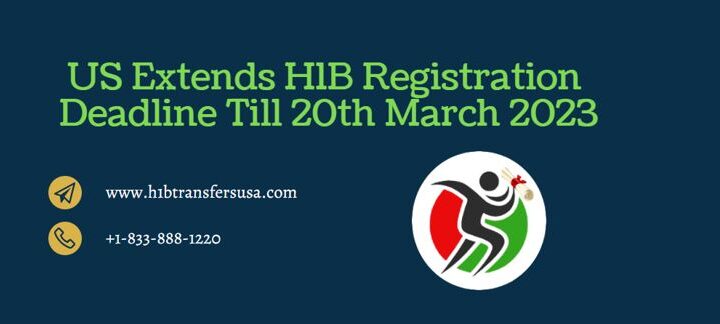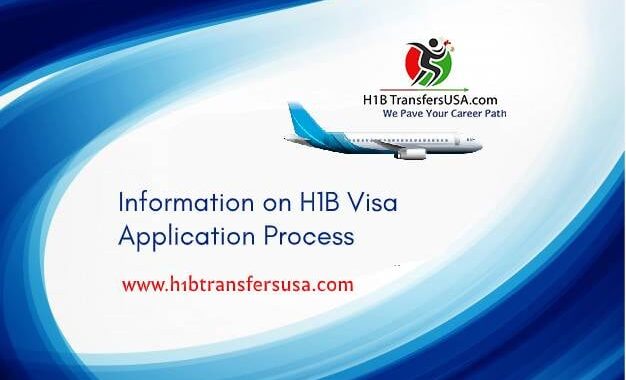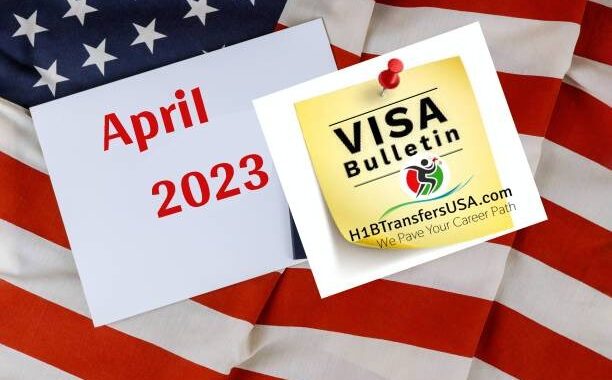Drop-in H-1B visas don’t result in more jobs for US workers: Study
3 min read
The sharp drop-in H-1B visas given over the last two years has not led to any change in employment growth for American natives, a review by the National Foundation for American Policy (NFAP) has found, pointing to the reliance on the US labor market on temporary foreign workers.
The decline in the availability of temporary high-skilled workers didn’t translate into an increase in demand for American workers with similar qualifications, the review revealed.
Most opponents of the H-1B visa program do as such because it takes away open opportunities from local workers and allows organizations to get foreign workers at lower pay. The lackluster local hiring points to a lack of high skilled workers with the skills needed. To meet certain job requirements and is in accordance with the reasoning provided by companies who opt for H-1B visas to meet their demand for high-skilled labor.
As per US government information, the number of H-1B specialty occupations visas issued fell sharply. To under 62,000 in FY2021 and around 125,000 in FY2020, from almost 190,000 in FY2019.
These visas – almost 70% given to Indians – are utilized to a great extent by technology and IT services companies. To fill the gap for high skilled workers in the United States.
In FY2021, the US had to conduct two visa lotteries as it didn’t get enough applications to meet the mandated quota of 85,000 new visas.
Drop-in H-1B visas don’t result in jobs for US workers
“There is also no proof of faster employment development or lower unemployment rates for college graduates US natives. As a result of decreased admissions via the H-1B program“. Said Madeline Zavodny, a research fellow at NFAP, in the report.
Instead, labor markets had been more reliant on temporary foreign workers via the H-1B program. Before the pandemic appeared to have had more unfilled jobs during the pandemic. The report – the effect of the Covid-19 drop in international migration on the US labor market – showed.
“The huge drop in new temporary foreign workers through the H-1B program. Thus does not appear to have led to better labor market outcomes for the US natives who may contend with those workers for jobs,” she said.
The review looked at numerous temporary visa categories and observed that the US got around 630,000. Fewer working-age international migrants between mid-March 2020 and mid-March 2021 than at its top during the corresponding period in 2014-15. It combined data on employee demand for temporary foreign workers. Through the H-2B, J-1, and H-1B visa programs with employment, unemployment, and job postings data.
[Immigration reform in new US Act aims to strengthen startups, ease green card access for STEM doctorates]
“The continuous shortages of workers in many labor markets reflect US employers‘. Need for extra workers from both domestic sources and abroad,” Zavodny said.
Further, there was no proof of improved employment or unemployment for US natives. Those who have at least a bachelor’s degree in markets relied more on the H-1B program.






